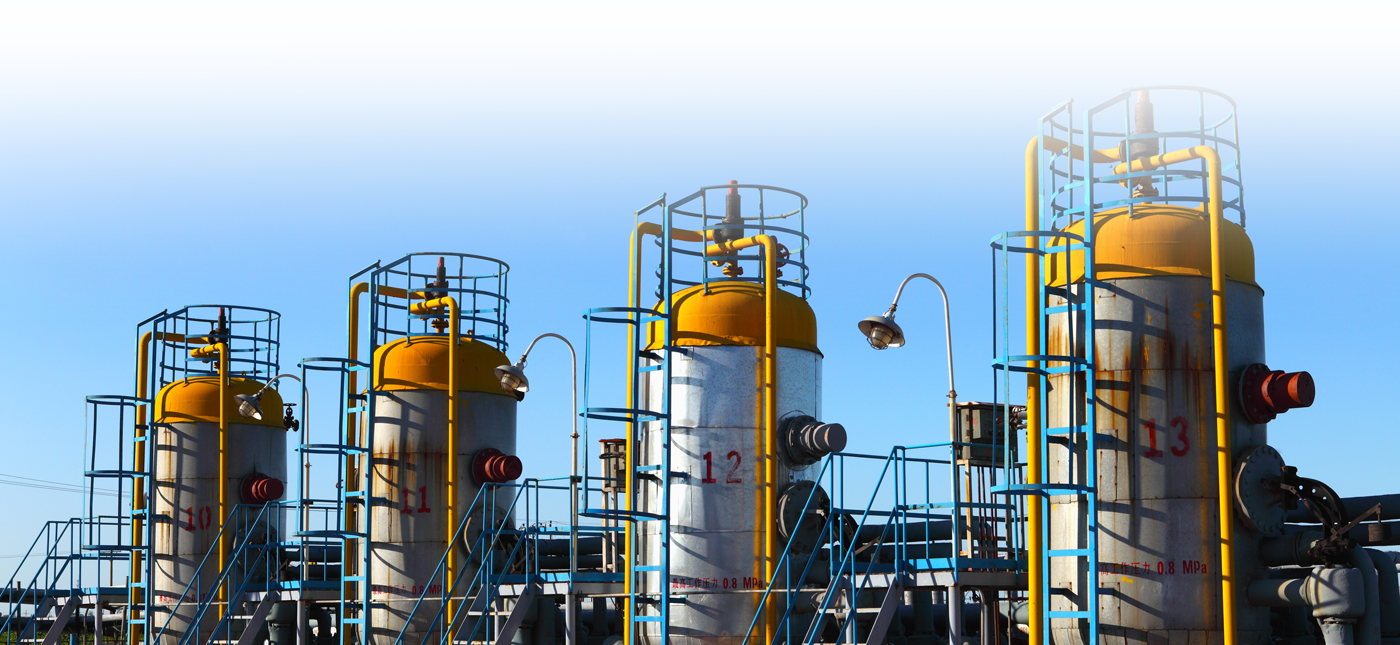Pulsation Acoustics
Sources & Remedies of High Frequency Piping Vibration & Noise
Paper No. 84
S. M. Price and D. R. Smith, 28th Turbomachinery Symposium, The Turbomachinery Laboratory, Texas A&M University, Houston, TX, September 1999.
In large diameter piping, high-frequency energy can produce excessive noise and vibration, and failures of thermowells, instrumentation, and attached small-bore piping. In severe cases, the pipe itself can fracture. Perhaps more precisely called “high wave number” problems, these problems most often manifest themselves in centrifugal compressors, screw compressors, heat exchangers, and silencers. Two high-frequency energy generation mechanisms predominate in most industrial processes; flow-induced (vortex shedding) and pulsation at multiples of running speed (blade-pass in centrifugal compressors and pocket-passing frequency in screw compressors). Once this energy is generated, amplification may occur from acoustical and/or structural resonances, resulting in high amplitude vibration and noise.
To resolve these problems successfully, an understanding of the underlying physics of two- and three-dimensional acoustics is necessary. With these principles in mind, modifications to the piping system can be considered for the particular application. The three-dimensional wave equation is used to analyze the propagation of the high-order (cross-wall) acoustical modes in the duct or pipe. These cross-wall modes can be diametrical (m) modes, annular (n) modes, or combined (m, n modes). By reformulating the resulting differential equations into polar coordinates and applying the appropriate boundary conditions, an equation for the “cut-on” frequencies, ƒ(m, n), for cross-wall modes can be developed that incorporates zeros of the first-order Bessel function, ß(m, n), the speed of sound, and pipe diameter. Several references provide lists of the zeros of the Bessel function; however, most of these references only provide solutions up to m, n = 6. Field tests have identified cross-wall modes up to m = 30. Therefore, a table is provided for zeros of ß(m, n) form = 0 to 32 and n = 0 to 8.
This paper discusses the excitation and amplification mechanisms relevant to high-frequency energy generation in piping systems. Mechanisms that allow efficient coupling of this energy with the surroundings (either structural or acoustical) are discussed. Data from various systems are presented, as well as design modifications that have been shown to be effective at reducing the high-frequency energy.
Download PDF
